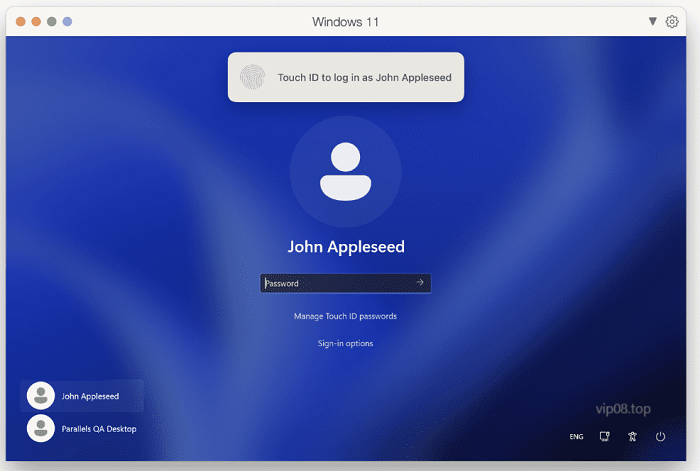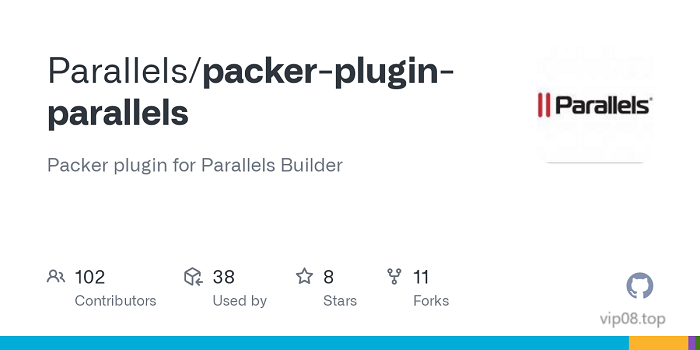Technology is constantly changing It is a constant process of change, however Apple has taken a major move by switching off of Intel processors to its own silicon architecture. Although this change brought many benefits, such as improved performance and efficiency in energy use, like any major change, it had some limitations that users may confront when using Parallels Desktop for Mac on Apple silicon-based Macs. We will be able to see these limitations in the same way as to the Parallels computer device designed for Mac which is a software particular developed to run Parallels Desktop 19 on Macs with the help of a silicon-based system that is proprietary to Apple.
Compatibility with the upcoming macOS Sonoma upgrade
We are aware of how crucial it is to keep in good shape after constant updates to software. This is the reason the compatibility of macOS with macOS has been an important aspect of. With macOS Sonoma 14, the software module CGPSConverter which transforms PostScript file formats has been deleted out of macOS. In the end, this feature was removed from macOS. Shared Printing feature stopped working since it relied on this module to permit printing on Windows through printers that were shared with Mac. Printing on Windows is essential for a lot of users of Parallels Desktop users.
In response to this issue, our engineers revamped this Shared Printing feature to use Internet Printing Protocol (IPP) which is the most well-known printing technique in the present. It is believed that IPP printing has the potential to expose more specific printing features to Windows which the engineers at our company are investigating. There are also enhancements to operating macOS Sonoma in a virtual machine, which we’ll cover in a separate article below.
A New Look Of Parallels Desktop 19
As an Mac app, we’re deeply inspired by the level of detail that is Apple design.
We took care and time to ensure that we met the current macOS design standards.
We didn’t wish to place the icon that we had previously used on the familiar white round-cornered tile however, instead, think about how we can visually promote our application in macOS.
The app icon is now updated and product details in the app accomplish this!
- As the majority of our users are using MacBook computer, our team has updated the background that was used for years, resembling iMac models to laptop.
- Parallelism as a metaphor for running multiple OSs simultaneously has been relocated from the front on the Mac into the background as this is the place we are now – putting on the virtualization engine on the background allowing the users to use third party OSs and applications.
- Finally the mystery hole in the upper left corner has been closed. An elongated rectangle with dots at the corner symbolizes an object: a box which houses “your items,” regardless of the platform you connect to it from.

Integration with Mac
We’ve brought the power that is the Apple Touch ID into Windows login along with the Parallels Desktop installation!
In the event that your Windows 10 or 11 is secured with a password or PIN when you next login to Windows after you upgrade to Parallels Desktop 19, it will require Windows to sign in using the new Parallels credentials that are provided. It is possible that your Windows password will be saved to your Mac Keychain using a unique Record type that is bound to Touch ID (a record that is exclusively used to enable Touch ID usage), accessible exclusively on this Mac using your fingerprint.
When you next sign in to Windows, Parallels Desktop will ask you to enter Touch ID to sign into your account. It’s simple and secure. Users can manage passwords they have saved through a straightforward but efficient interface, and then return to using the traditional login method if they prefer.

Parallels Desktop for Mac Business Edition users in an organization where certain security policies require Windows to be password-protected will find this improvement particularly valuable.
Professional Windows software on Mac
We are delighted to see that experts working in engineering, architecture and design from all over the globe use Parallels Desktop to power up their Mac with Windows applications that they require to work. This year, with enhanced OpenGL support, up to version 4.1 We’ve made it possible for more CAD programs that are Windows-only that run Mac such as VariCAD, Vectorworks Vision 2023 and other applications.
There’s also an opportunity for those who rely on Parallels Desktop to run the popular Geographic Information System software AcrGIS Pro on the Mac. We have listened to your feedback and are delighted to announce major performance improvements in ArcGIS Pro in this version.
macOS VM On Apple Silicon
If you have an Mac that is equipped with Apple silicon and this macOS virtual machine operates on the new macOS framework, and Parallels Desktop is much less in charge of VM operations as compared to the Hypervisor framework that powers on Windows as well as Linux (on every Mac computers) and macOS when running the Intel powered Mac. This is why the macOS VM is based on Apple silicon is much less feature-rich. features, and has a distinct package format “.macvm” as opposed to the more well-known “.pvm” format that is used by other VM kinds.
This update is loaded with upgrades to macOS virtual machines running on Apple silicon:
- Use an IPSW image to install a new macOS virtual machine via the Installation Assistant UI, or with the CLI ($ prlctl create “macOS13” -o macos -restore-image “/path/to/image.ipsw”).
- Basic VM operations include shut down, restart gracefully, and suspend-resume the virtual machine through the UI menu or using the Prlctl command in the Parallels CLI.
- Use two-finger Trackpad gestures within the VM to scroll and zoom.
- connect Parallels Desktop using macOS virtual machine on Mac machines with Apple silicon.
It comes with macOS Sonoma 14 operating in both primary as well as virtual capacities, your experience gets more enjoyable:
- The resolution of the display is automatically updated whenever you click on the VM window is changed in size.
- With Pro Edition, use port forwarding to connect to an macOS VM via SSH or RDP remotely, for example hosting them in Amazon EC2 Mac instances.
Using Packer with Parallels VM

When we design Parallels Desktop, we always attempt to automatize manual tasks as much as we can. Based on our the valuable feedback of our customers we have joined forces with HashiCorp to bring long-awaited enhancements for Parallels Desktop 19. Parallels Service Provider (PSP) that works with Packer as well as Vagrant. In the new version of Parallels Desktop 19, we have removed the need to making use of Parallels SDK and Python, making it more simple to use these vital tools. We are also pleased to share that the update allows you to create and manage the macOS virtual machine using Apple Silicon, too. In keeping with our dedication in open source development, we’ve created a range of template templates for Packer which will make it easier to complete the process of onboarding new customers.
Device management in an organization
We know how important the management of devices is to organizations and we can clearly see more widespread use in the use of Microsoft Intune among our customers.
In the past, to make sure there was a guarantee that all it was possible to ensure that Windows equipment used by users in an organization are included to Microsoft Intune, an IT administrator could choose to use only the mass deployment option which was not suitable for some kinds of organizations.
Parallels Desktop 19 for Mac Business Edition provides the capability to sign up Windows 11 into Intune after it has been granted to employees using The Parallels My Account web app as well as in the event that it is not, the Windows image is shared using cloud storage.

Parallels Desktop is designed to bridge that gap macOS and the operating system(s) that you prefer and allowing you to experience your best without sacrificing.
The latest version Parallels Desktop offers an even more seamless experience for Mac users wanting to use Windows as well as Linux.
We are very proud of being a Microsoft authorized product Our innovations reflect our commitment and dedication to providing high-end robust, reliable and effective solutions for running Windows 11 on Mac.
We’re waiting for you to try the new level of Windows-MacOS integration by integrating Parallels Desktop.